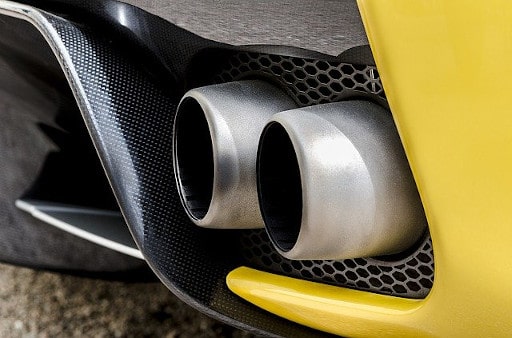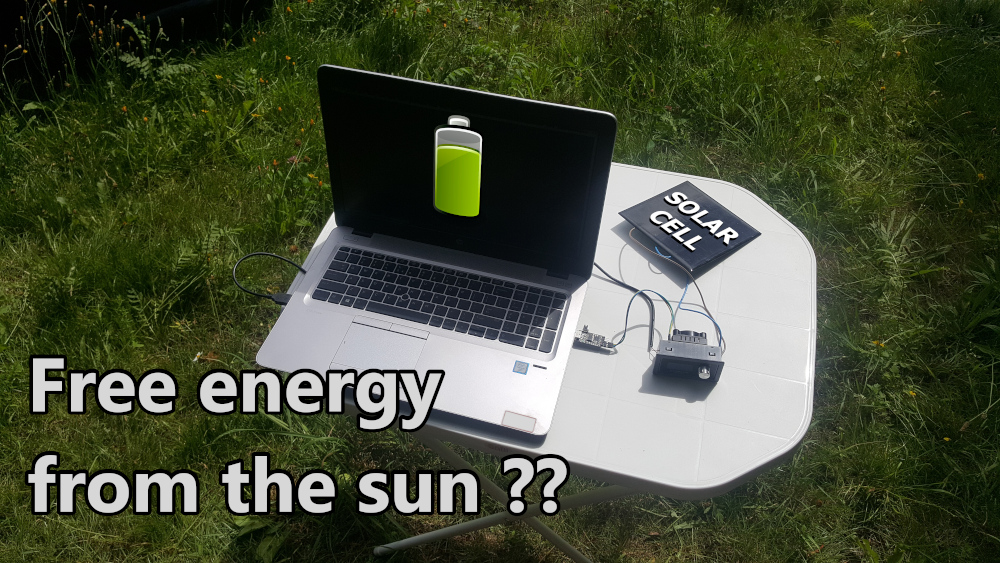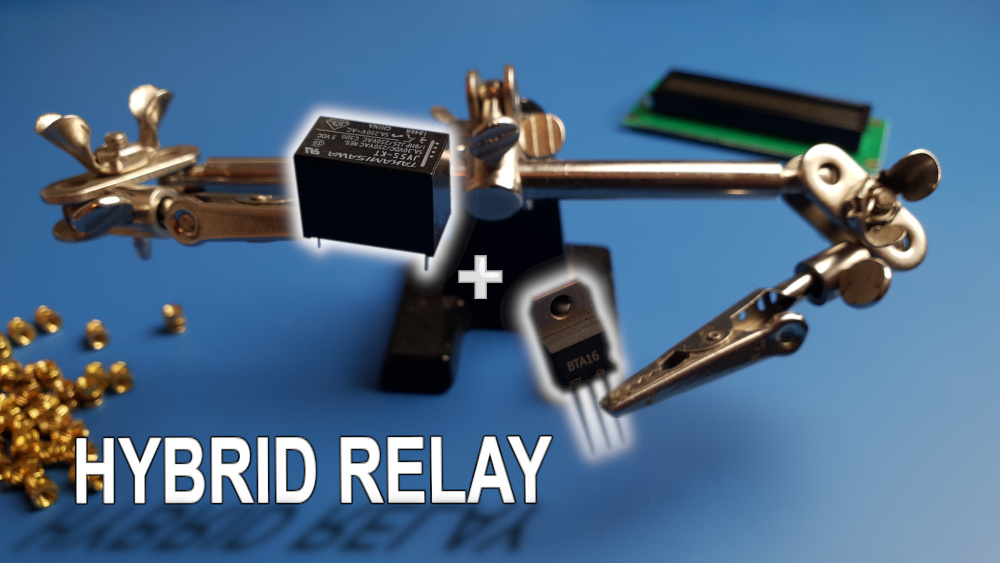According to the World Health Organization even 7 million people die each year due to stroke, heart disease, lung cancer, and chronic respiratory diseases. That’s more people than they live in whole Arizona! Therefore, I think that the air quality is damn important! I believe that taking care of it, especially in your own homes, should be the responsibility of each of us.
Introduction
We all want to breathe clean and healthy air. Unfortunately, these days it is very polluted. The greater the urbanization, the worse. But we won’t all move “Into the Wild” like Chris McCandless 🙂 In this article, I’ll not encourage you to strike at the factory’s gate or to persuade you to handcuff to the trees. Let’s be honest – we have very small influence on this. Ok! ok! Before you get angry. I believe that we should care for the environment. We have great strength together. Thus we have to do our best so that our children can breathe clean air someday. – greetings to my friend who pointed me out (and rightly so) that I can’t say that “we have no influence on this”.
But… You don’t want to wait for a change for several years. You definitely want to ensure the best conditions for yourself and your family. The easiest and fastest way for that is to take care of air quality in your own home. Here a lot depends on us.
However, before you start browsing Amazon for a purifier, it would be worth testing the air. In this article, I’ll tell you which factors are crucial for our health and life, and how to monitor them without breaking the bank.
DIY or something off the shelf?
As this is a blog directed to Smart Home enthusiasts and DIY projects, I won’t talk about expensive commercial air quality monitors. You can get the same or even better result for a fraction of the price if you spend some time on research and development. But since you’re here, I don’t have to convince you why the DIY approach is great 🙂
Yes, I know there are commercial solutions that have a monitor and will show you the current air quality. Some are even integrated with a purifier. All these solutions are ok, and I have absolutely nothing against them. However.. (there is always some “however”:) ), they cost much more. I mean three times more. And it’s hard to integrate them with the existing Smart System.
As I wrote in the article “What is Smart Home“, I like to have everything integrated into one system and be able to manage it centrally. That is why I don’t like such non-integrated solutions at my home.
Besides, if you have a Smart System at Home, you can conveniently control the air purifier when something is going on with your air. The sensor doesn’t need to be physically built into the purifier to work.
What components of air should I monitor?

Atmospheric consists mainly of Nitrogen (78.08%) and Oxygen (20.95%), besides there is Argon, Carbon, Dioxide, Neon, Helium, Krypton, and Hydrogen. You can find these data on that NASA website. They probably know what they are saying 🙂
Any deviations from these percentages or other additional compounds are treated as pollution. Some of them are more harmful than others.
In this chapter, I will introduce you to four such compounds, which you should pay attention to. Although technically it’s not correct, because the fourth indicator consists of about thousands of compounds.
Particulate Matter

In short, PM is a mixture of solid particles, which float in the air and affect its composition. Its small size makes it easily penetrate our lungs, bloodstream, and even the brain. It includes various chemical compounds such as mercury, arsenic, cadmium, and nickel. The WHO website has a comprehensive report on the effects of PM on health, among others.
It clearly shows that breathing with PM2.5 polluted air has very serious health effects. It can lead to respiratory and circulatory diseases. Close association with PM pollution and deaths has been proven.
The number “2.5” means that the particles don’t exceed 2.5 μm.
In addition, you can meet:
- PM1.0 – do 1 μm
- PM4.0 – do 4 μm
- PM10 – do 10 μm
The norms for admissible daily concentrations established by the WHO are 25 μg / m3 for PM2.5 and 50 μg / m3 for PM10.
Where does PM come from?
Generally, PMs are created in road transport, home furnaces, factory smoke, forest fires or volcanic eruptions.
How to monitor PM?
I hope I scared you a little bit. There are no jokes about particle matters. Alternatively, if for some reason you don’t want to monitor it directly, it is worth (at least) checking from time to time e.g. here air quality in your area.
However, if you plan to monitor it yourself (which I strongly encourage you to), then you have several options to choose from. Many manufacturers offer sensors for measuring PM. Don’t worry. They are really easy to use.
Examples of sensors (I put the links to the manufacturer’s documentation):
There is much more to it. However, I have dealt with these sensors personally, and I can recommend them to you with a clear conscience.
How do they work?
The fan forces air movement inside the casing, in which is some kind of LED or laser. Photodiode checks how much light reaches to it. On this basis, it determines the degree of pollution.
This is a very general description. For more details, refer to specific models, which I gave in the links above.
They all communicate over UART, besides, SPS30 and SN-GCJA5 can use I2C as well. So absolutely any microcontroller can work with them – Arduino, ESP, or anything else surely will fit.
If I had to choose the best one (from the list above), I would bet on Sensirion. It has the most extensive range of measured particles from 0.1 to 10 μm. And in addition to mass concentration [µg/m³], it also measures number concentration [#/cm³].
Whichever sensor you choose, you should be satisfied. Due to the complexity of the design, these sensors are not cheap. But who would save health there 🙂
Carbon Monoxide

In short, CO, also known as a “silent killer”. It is a very poisonous, colorless, and odorless gas, slightly lighter than air, which makes it easy to mix and spread with it. Inhalation of air with a concentration of 0.16% CO causes death after about two hours.
At higher concentrations (over 0.32%), the first signs of intoxication are severe headache and vomiting. Lower concentrations cause, with relatively short inhalation, only a slight headache and falling into a coma. However, these concentrations also cause death after prolonged contact.
That’s why CO so dangerous. Mostly, people are not aware that they are breathing in poison gas.
Where does CO come from?
Mostly it gets out of faulty or misused heating devices, chimney flues or car exhausts. In a natural environment, the source of CO may be volcanoes or forest fires.
How to monitor CO?
The Hanwei MQ 7 sensor is quite popular. You can find documentation here. It is cheap and easy to use. It has an analog output that is directly proportional to the measured CO concentration.
There are also other sensors, and very often, they measure more than just carbon monoxide, which is undoubtedly an advantage.
Such combo-sensors are:
I honestly admit that I haven’t personally tested them yet. But they seem to be ok, and if I were making a device, in which I would like to measure a lot of different gases, I would definitely be interested in these two models.
Carbon Dioxide

It is otherwise called CO2. It is a natural gas that isn’t toxic or harmful at low concentrations. What’s more, plants need it to live. So why was he in an article about pollution? Well, in higher concentrations isn’t so friendly anymore. It causes shortness of breath, hindering the excretion of carbon dioxide formed in our body.
For adults and healthy people, concentrations above 5% begin to be harmful. A concentration above 10% can cause seizures, coma, and even death. At a concentration above 30%, loss of consciousness occurs within a few seconds.
Where does CO2 come from?
CO2 occurs naturally in the atmosphere. It is also formed in the oxidation and fermentation of organic substances. It is a side effect of the production of alcoholic beverages. And of course, It is exhaled by people.
It is the latter case (exhalation) that most often affects the deterioration of air quality in everyday life. You’d be surprised how quickly CO2 concentration increases when there are several people in a small and poorly ventilated room. Although it isn’t as dangerous as the previous cases, it is worth monitoring it.
How to monitor CO2?
Generally, CO2 sensors can be divided into two categories: those that measure it directly and those that calculate this value, so-called eCO2. In both cases, the values should be similar.
Sensirion SCD30 is a nice representative of the first category. Communication via UART or I2C is really simple. Comes to:
- Take the measurement
- Is the measurement ready?
- Read the result
I use it for a long time, and I have never had problems with it. The results are stable and always on time.
The representative of the second category is ITD ZMOD4410. This isn’t exactly a CO2 sensor. It measures TVOC (but more on that in a moment). Carbon dioxide is estimated.
The big advantage of this sensor is its low price and small size. The disadvantage, on the other hand, is the complicated implementation. The package of this sensor is quite difficult to solder – hot air is needed. But fortunately, the manufacturer has, in its offer, a breadboard-ready evaluation module.
The second difficulty is the firmware itself. Unfortunately, communication isn’t as simple as in the previous case. You need to add a binary library to the project, depending on the core of your microcontroller. Not all cores are supported, so make sure it is compatible before you start designing anything.
Once you manage to overcome the initial difficulties, this sensor is very stable and reliable 🙂
VOC
VOC means Volatile Organic Compounds. I left it to the end because, unlike the above pollutions, it is hard to get a clear definition. You can come across thousands of different VOCs every day. They are literally everywhere! They can be natural and man-made. They can be harmful or completely indifferent to humans.
What are they really and where do they come from?
They are a combination of smell and gases emitted by many different everyday objects and chemicals like: paints, cosmetics, air fresheners, gasoline, sprays, glues, furnishings, carpets. Pretty much everything that has a smell can be counted as VOCs. But that would be too easy. Some components don’t smell at all, even in high concentrations. It is even worse because we may be unaware of exposure to the harmful substance. On top of that, it can happen that something has a smell and technically is VOC, but it’s completely harmless. So the sensor will not measure it.
Now you understand why it’s hard to define? Even governments have a problem with this 🙂 Different countries and different institutions have their own idea of what VOC is. The description on the United States Environmental Protection Agency website appeals to me the most. So if you want to delve into this topic, go to their site.
How to monitor VOC?
Air quality sensors, in most cases, measures TVOC. Of course, no sensor measures every Organic Compounds – it’s impossible. They usually focus on about 50 of the most poisonous. Which exactly? You need to check the documentation for the model that interests you.
In the CO2 chapter, I wrote about ITD ZMOD4410. He actually measures TVOC, CO2 is estimated on this basis. Another example of a sensor worth recommending is Sensirion SGP30. It has very similar functionality and package. But it is simpler to implement (I am talking about firmware). And the last sensor I can recommend is AMS CCS811. Energy efficiency is something that makes it stand out from the competition. I would use it if I wanted to power the device with batteries.
To sum up – there are many more and certainly good sensors. I’m not saying that the ones I recommend are the best in the world 🙂 I’m just saying that I checked them and I know that they do their job very well. If you choose any of them, you will certainly be satisfied.
How to improve air quality?

Ok, you are able to check the air quality in your home. You know the most poisonous pollution. Now, something should be done about it.
An air purifier comes to mind first. And that’s an excellent thought 🙂 If you have a problem with your air quality at home, you should buy it. There is a massive number of models to choose from, but comparing them is not the subject of this article. I’m sure you’ll find the best solution for you and your pocket.
In addition to the purifier, there is another much cheaper solution – room ventilation. Of course, I’m talking about cases when the outside air is cleaner than at home. This is especially important when there are a lot of people in a small room
Summary
In this article, you have learned what common pollutants you can come across every day. How to monitor them. I hope this made you realize how important air quality is. But before you buy an expensive air purifier, it is worth checking its condition. It may not be that bad, and all you have to do is ensure better ventilation to make it perfect 🙂
Related Articles
Solar Panel for DIY Projects
Free energy from the sun – sounds great right? It…
How to design an enclosure using photogrammetry? – The Complete Guide
In this article, I’m gonna show you step by step…
How Hybrid Relay works? – The Complete Illustrated Guide
The Hybrid Relay is a combination of electro-mechanical and semiconductor…



